Post updated April 2023
Glowing wild blue-green algae is a plant that regenerates via photosynthesis. The phytoplankon contains virtually every nutrient and is an amazing form of vegetation. But as amazing as it is with the beneficial effects, the most toxic strain, can have deadly consequences on our fish and rivers.
Wild blue-green algae are types of bacteria known as Cyanobacteria.
The algae is sometimes found in ponds, fish ponds, seawater, rivers and even brackish drinking water.
Blue-green algae in ponds
This algae can generate other forms of plant life and is a particular phenomenon that appears as an eco-friendly foam, froth, or perhaps a pad over the surface.
This growth is considered unattractive muck, and has a tendency to emit an unpleasant odor as the algae dies off. Some types of this algae are more poisonous than others and can trigger irritation in people with particular sensitivities if it comes into contact with the pores of the skin.
In spite of these undesirable effects the algae can be beneficial for the environment as it’s understood to be a primary supplier of oxygen.
Most of the algae attaches to rocks and stones or immersed plants within the pond. The more nutritionally rich the pond water, the more widespread algal flowers tend to be.
Other factors that determine how this particular algae exists within a pond environment are PH, lighting, and temperature.
The majority of blooms appear throughout the summer time or earlier fall months, as these are the ideal weather conditions for the eco-friendly algae.
4 advantages of blue-green algae
- It can be used as a fertilizer and for healthcare items.
- It’s added into grain paddies and soil and is also used as a nutritional supplement.
- Organic tissue of the algae can be harvested and added to soil. When combined with nitrogen in the ground it boosts efficiency of the soil. This helps vegetation to grow, even in the most barren soil.
- Erosion can be slowed down by adding glowing wild blue green algae removed from ponds. It’s the action of the algae binding itself to the ground that slows erosion.
Dangers of blue-green algae in river systems
It’s important to note that dangerous forms of glowing wild blue green algae can also come from ponds and rivers. This algae is toxic for animals and has been known to cause the death of cows and other domestic animals. Dogs have been poisoned through blue algae within ponds.
Menindee, situated on the Darling River in western New South Wales in Australia has had to witness the horrific effects of wild blue-green algae. The combination of floodwaters, a heatwave and low oxygen levels stressed the water quality. The natural, delicate eco-balance of the Darling River was damaged to the point that it could not sustain life, with devastating consequences for millions of fish. Blue-green algae flourished in this environment, leaving a toxic sludge in its wake. Read more in this article from Australian Murray/Darling Basin.gov.au
Protect your pets
This is a stark reminder of just how dangerous some forms of blue-green algae are. To protect your pets and ensure the algae won’t be harmful to them, make sure you put up fences or gates around your affected pond. This will stop your pets from getting to the pond area, and protect them from the toxic algae.
Resources for further information
Check out this video from Wisconsin Department of Natural Resources and Wisconsin Department of Health Services blue-green algae experts. Some great information is shared here.
You may also like
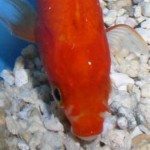 Goldfish Lays on Bottom of Tank – Causes and Treatment
Goldfish Lays on Bottom of Tank – Causes and Treatment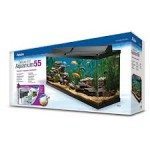 Review of One of the Best Small Aquarium Filters
Review of One of the Best Small Aquarium Filters Goldfish Care: Administering Medication The Safe Way!
Goldfish Care: Administering Medication The Safe Way!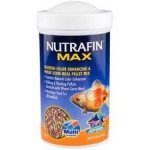 Is Nutrafin The Best Aquarium Accessories Provider?
Is Nutrafin The Best Aquarium Accessories Provider?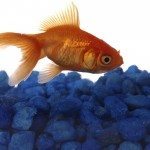 Aquarium Accessories Product Review : Aqueon Water Changer
Aquarium Accessories Product Review : Aqueon Water Changer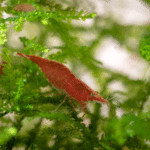 Are Algae Eaters Effective In Your Fish Tank?
Are Algae Eaters Effective In Your Fish Tank?

